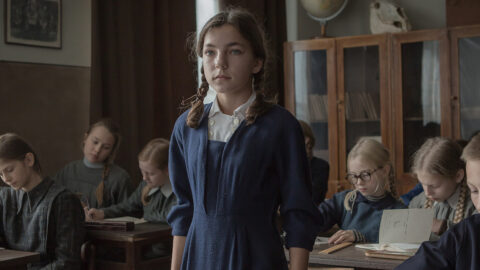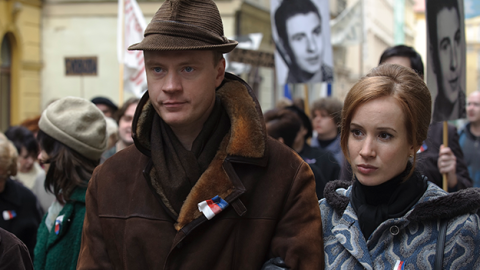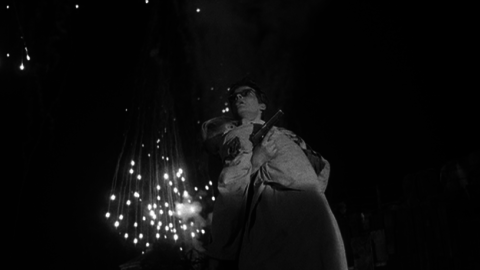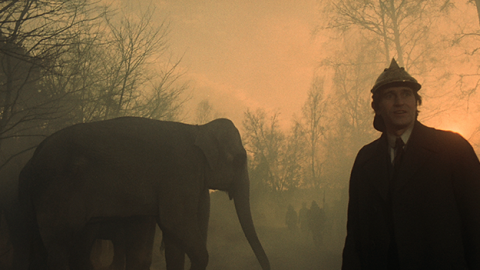By Adam Nayman in the May-June 2017 Issue
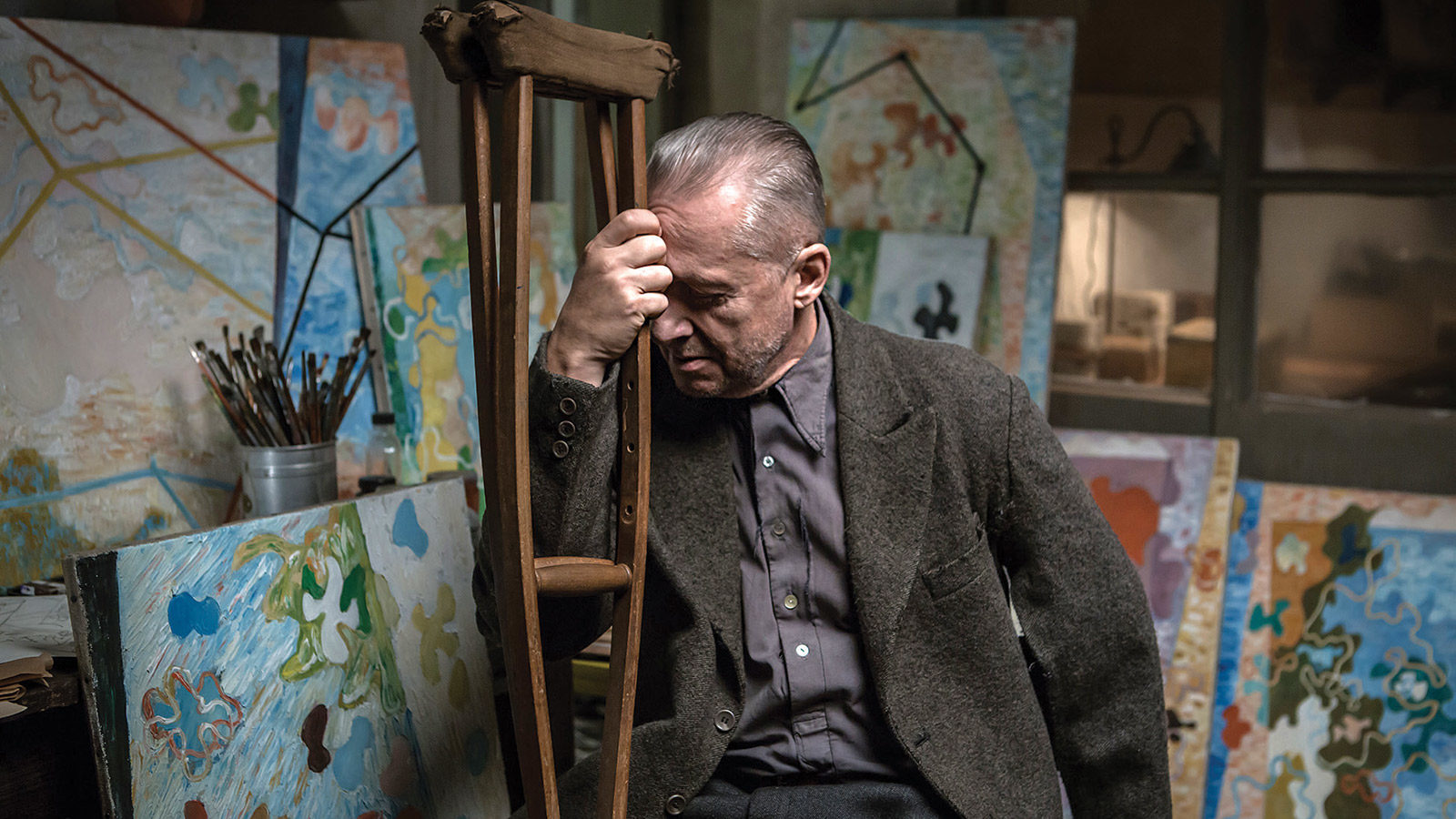
Short Take: Afterimage
(Andrzej Wajda, Poland, Film Movement, Opens May 19)
The final films of great directors are often taken as interpretive keys for unlocking larger bodies of work, and it’s tempting to view Andrzej Wajda’s valedictory Afterimage, completed before his death last October at age 90, as a veiled self- portrait. Several of Wajda’s most enduring titles critiqued the era and legacy of Communist rule in Poland, including his 1981 Palme d’Or winner Man of Iron, so it’s telling that Afterimage focuses on the stubbornness of an artist defiantly practicing his craft under the shadow of authoritarian rule. That shadow is made literal when we see the famed Polish constructivist painter Wladyslaw Strzeminski (Boguslaw Linda) sitting at his easel while a massive banner depicting Stalin is draped over his apartment window, darkening the room and the canvas. Wajda’s talent for crafting big, striking synecdoches of complex social or historical realities remained undimmed to the end.

From the May-June 2017 Issue
Also in this issue
Afterimage is styled as a drama about the melding of artistic and political principles, and Wajda is so determined to depict his hero as a man of iron that his every pronouncement comes freighted with metaphorical significance. The story of an independent-minded artist holding the line against encroaching socialist kitsch while being ground down by bureaucracy is powerful in its outline, but there’s a contradiction between the film’s stolid period-piece aesthetics and the script’s underlying idea that abstraction explodes totalitarianism by rejecting closure or cohesion. Afterimage doesn’t explore these tensions, much less let them simmer.



